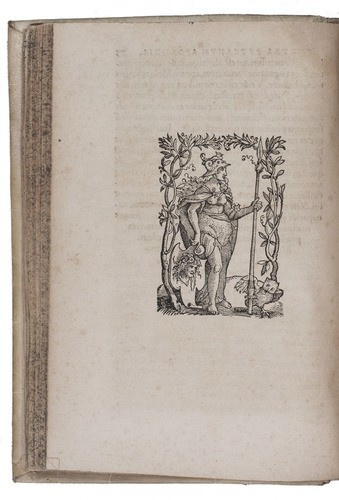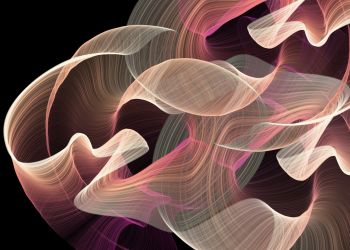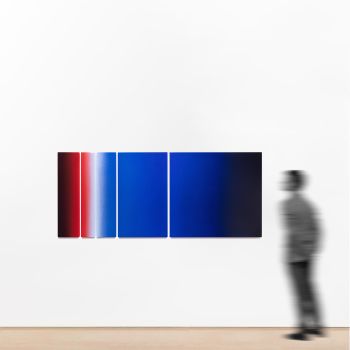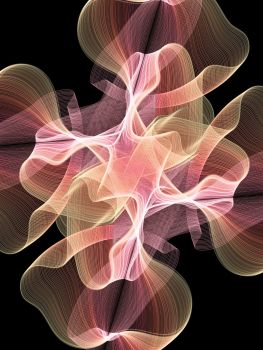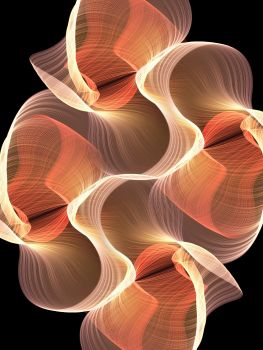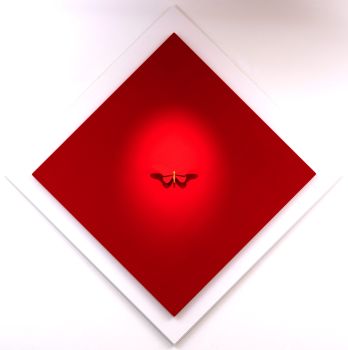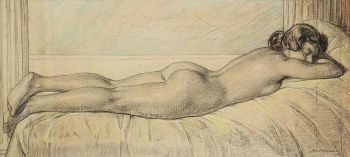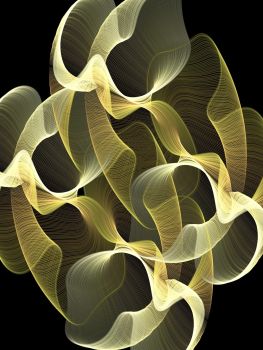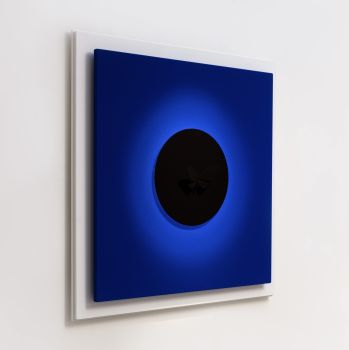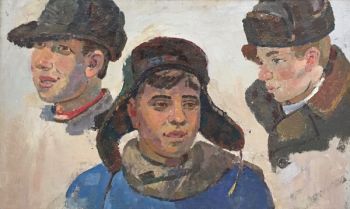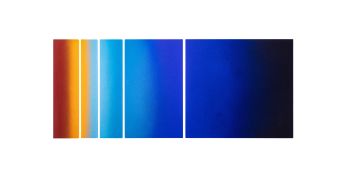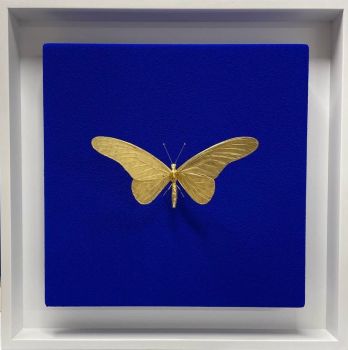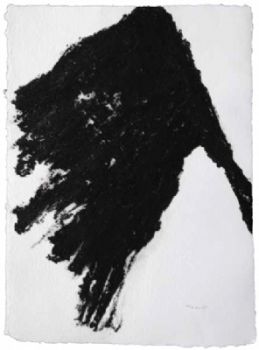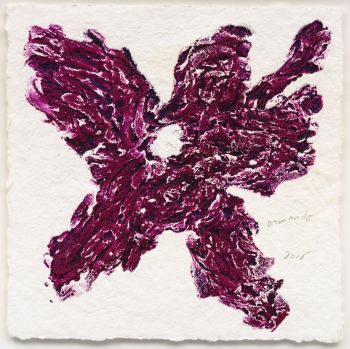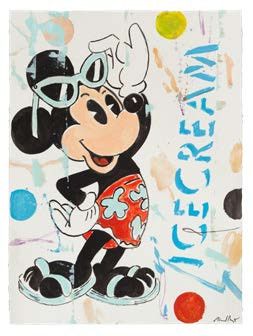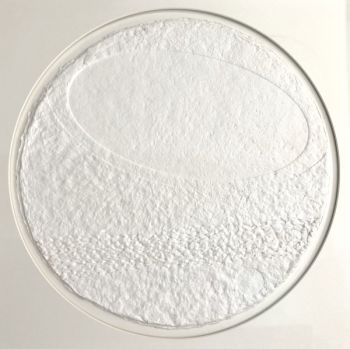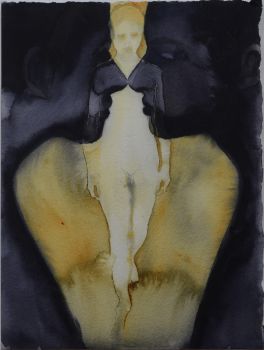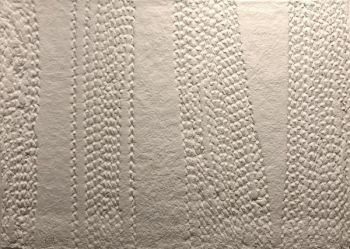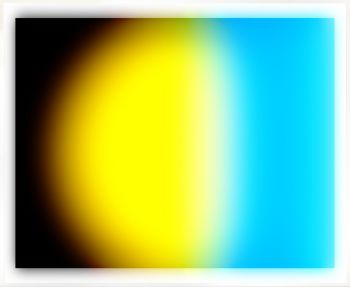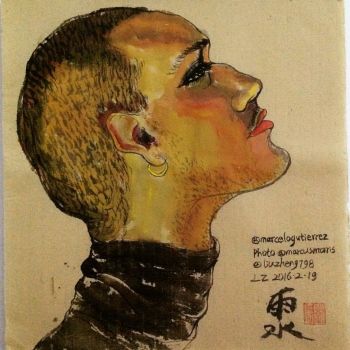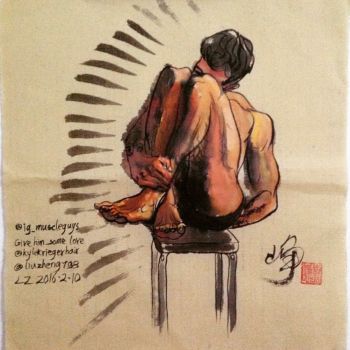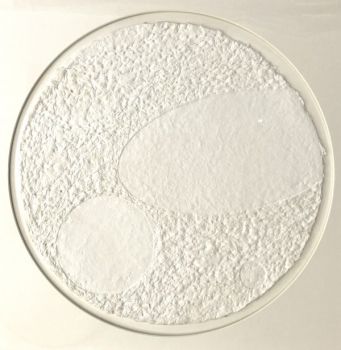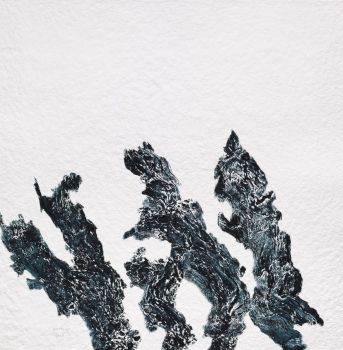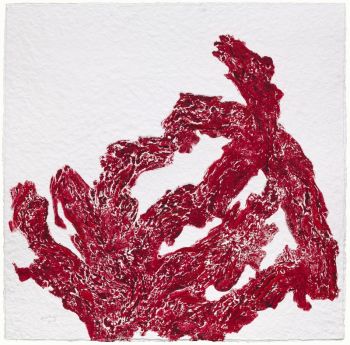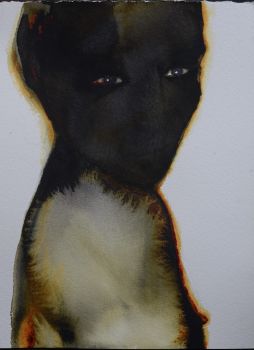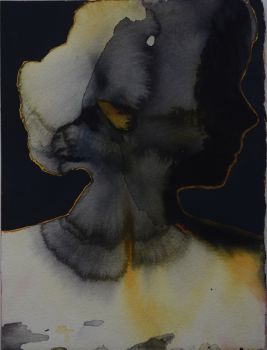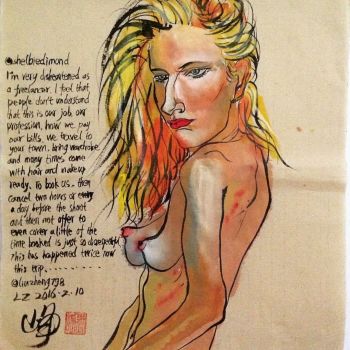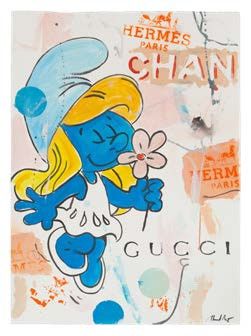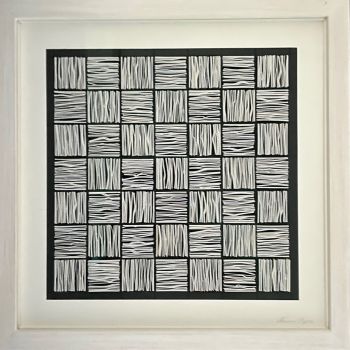Debate on the preferences between Greek and Latin, and Arabic sources 1540
Leonhart Fuchs
PapierPapier fait mainCuir
Actuellement indisponible via Gallerease
- Sur l'oeuvre d'artLibri IIII, difficilium aliquot quaestionum et hodie passim controversarum explicationes continents.
Basel, (colophon: Robert Winter, 1540).
4 parts in 1 volume. 4to.
Each of the 4 parts with charming woodcut device on the last blank.
17th-century sheepskin parchment.
First edition of Fuchs his "Four books on some difficult questions" a heavily revised version of his Apologiae tres ("Three apologies") from 1538.
It is part of a debate on the preferences for ancient Greek and Latin on one side and Arabic sources on the other side; refuting the views of Guillaume Dupuis, Sébastien de Monteux and Jérémie de Dryvere. Fuchs gives commentary on the indications and dosages of prescriptions of Ibn Sina (Avicenna) and on Masawaih al-Mardini (Mesue the Younger), and praises the work of Galenus, whose work set the template for Islamic medicine.
Browned and foxed throughout and a few lines, words headers and paragraphs crossed out; a good copy.
Bibliotheca Osleriana 2688; Durling 1710; USTC 602528 (4 copies). - Sur l'artisteLeonhart Fuchs était un médecin et botaniste allemand, né en 1501 à Wemding dans le duché de Bavière. Il est décédé le 10 mai 1566. Il est surtout connu comme l'auteur d'un grand livre particulier sur les plantes et leurs usages médicinaux, c'est-à-dire un Herbal Book. Il a été publié pour la première fois en latin en 1542. Le livre contenait environ 500 dessins détaillés et précis de plantes, qui ont été imprimés à partir de gravures sur bois. Les dessins représentent l'avancée la plus notable du livre par rapport à ses prédécesseurs. Bien que les dessins aient été utilisés au préalable dans d'autres Herbal Books, le Herbal Book de Fuchhs a prouvé et mis l'accent sur les dessins de haute qualité comme le moyen le plus révélateur de spécifier ce que signifie un nom de plante. Finalement, le Fuchsia en tant que plante a été nommé en son honneur; par conséquent, la couleur fuchsia a également été nommée d'après lui.
Artwork details
Catégorie
Sujet
Matériel & technique
Related artworks
Tilmanus Nicolaus Maastricht
Missale Romanum avec montures en argent hollandais1788 - 1792
Prix sur demandeJacob J. Roosjen SRI
Antonie Derkinderen
Memory book Exhibition of Dutch Painting1892
Prix sur demandeKunsthandel Pygmalion
Engelbert Kaempfer
LIVRE ENGELBERT KAEMPFER1651 - 1716
Prix sur demandeZebregs & Röell - Fine Art - Antiques
Engelbert Kaempfer
LIVRE ENGELBERT KAEMPFER1651 - 1716
Prix sur demandeZebregs & Röell - Fine Art - Antiques
Hermann Nitsch
"UNDER MY SKIN" Signed book incl. small artwork and DVD in a matching box2010 - 2014
Prix sur demandeGallerease Selected
Tilmanus Nicolaus Maastricht
Missale Romanum avec montures en argent hollandais1788 - 1792
Prix sur demandeJacob J. Roosjen SRI
1 - 4 / 22- 1 - 4 / 14
- 1 - 4 / 24


